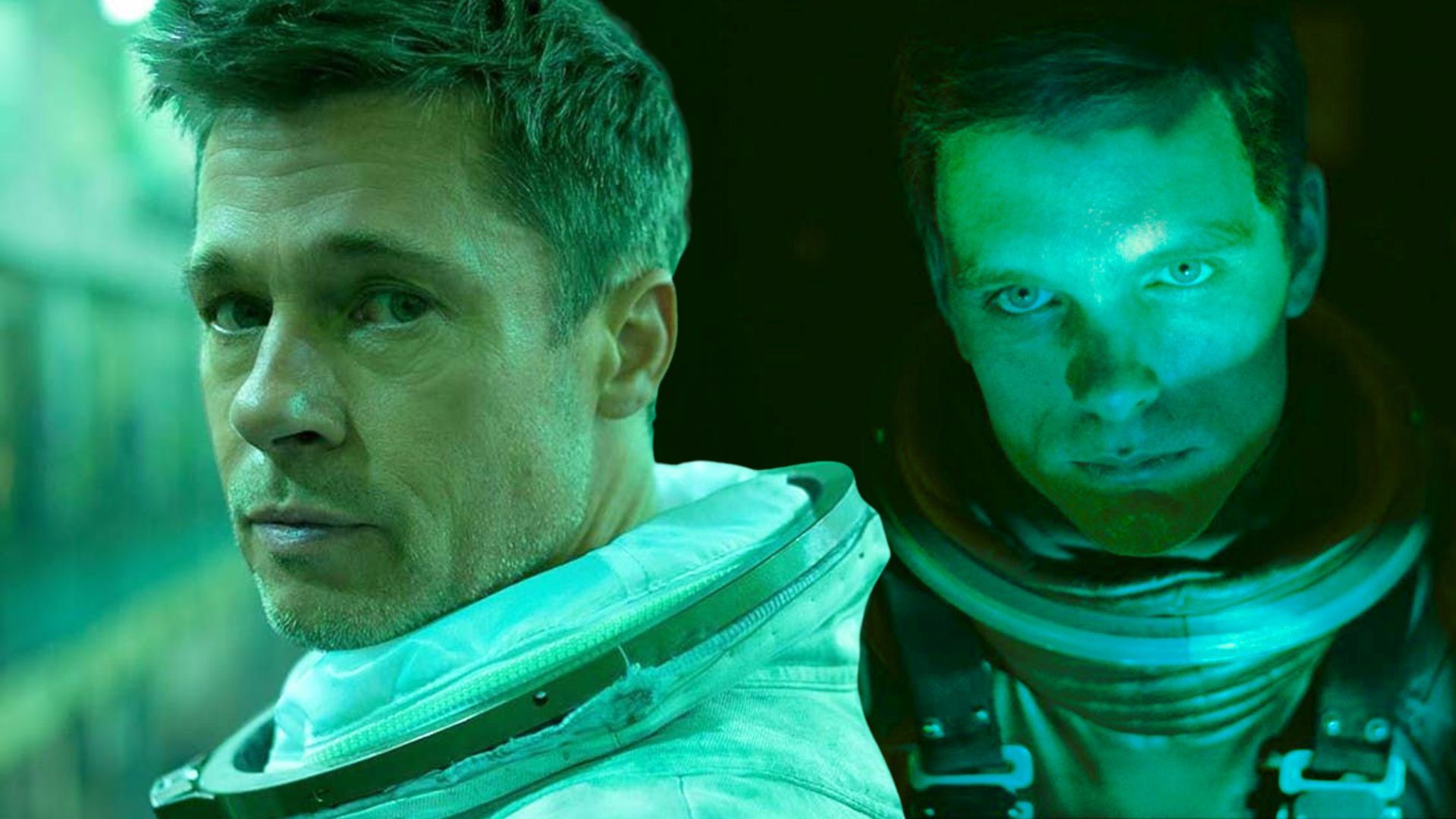Brad Pitt occupies a space in Hollywood that is mostly untouched. He’s the definition of a transitory movie star, one of the last in this generation where they’re becoming harder to find. Apart from the likes of Leonardo DiCaprio and George Clooney, Brad Pitt is one of the last stars still working at the top level. In recent years, his career has taken him to the front lines of World War 2 more than once and made him the last line of defense against Charles Manson’s murderous cult. However, it’s the movie that sent him up into space that gave him perhaps his hardest acting challenge — not being Brad Pitt.
James Gray’s Ad Astra is one of the more underrated films in Pitt’s filmography. Moody space dramas haven’t been in fashion for a while, with lots of them unable to escape the orbit of the genre’s defining work. Stanley Kubrick’s 2001: A Space Odyssey is the space movie of space movies. A legendary piece of sci-fi filmmaking, Kubrick’s journey into the cosmos practically wrote the playbook for any filmmaker wanting to go where no man has before.
James Gray knew this, and instead of fighting it with Ad Astra, he used practical effects like models and props to pay homage to Kubrick’s masterpiece. Ad Astra charts its own course through the stars while taking the elements of 2001: A Space Odyssey that made it so prolific. What does this practical focus do for Ad Astra? Why does Brad Pitt make a great astronaut? Can you feel the tone of 2001: A Space Odyssey in Ad Astra? Here’s what you need to know.
Ad Astra’s Practical Effects
Maybe it’s something about the vast emptiness of space that makes for some very lonely movies. Ad Astra is no different, but elevates its mood with practical effects that create the same awe and scale of 2001: A Space Odyssey. The unknown yet expected visuals of a space setting create both a restriction and an exciting possibility for a director, and like with most things practical in movies, it’s that sense of physicality that bridges the gap between an audience’s chair and the starry skies.
Unless you’re a billionaire who can fund space missions, it’s mainly cinema that has established our visual language for how we perceive space. Bringing elements of the familiar through practical effects into space movies somehow makes the setting easier to navigate for an audience if the tone allows for it.
Ad Astra’s moody tone feels at home in its space setting, partly because of practical effects like still imagery to portray planets, which makes space feel habitable despite being uninhabitable. It’s a balance for a space drama to make the setting feel dangerous but translate that danger into something we can understand and scale. 2001: A Space Odyssey takes fantastical elements but uses the canvas of space to paint painfully human characters with human doubts.
Brad Pitt’s Role in Ad Astra
Practical effects in space movies are enhanced when an audience member understands what danger space poses. To understand this, 2001: A Space Odyssey charted the story of human evolution from start to finish. Ad Astra uses modern casting to tell an atmospheric and mysterious tale of a man in the unknown. Ad Astra strips Brad Pitt of his most reliable weapon, his charm, to instill a sense of the uncanny. We know Brad Pitt, but in this setting, we can see practical effects being used. But it’s still not quite what we are used to.
Pitt gets to act in Ad Astra. He doesn’t wink at the camera or fight Bruce Lee. Ad Astra’s greatest similarity to 2001: A Space Odyssey is how it uses its practical effects to strike the balance of knowing the unknown, but only slightly. Pitt, in this sense, is like another practical effect used to silently disturb an audience.
Stanley Kubrick’s infamous perfectionism gave us some of the most iconic images in sci-fi. James Gray’s practical effects mold themselves around that mystery whilst removing a lot of the hyper-stylization to bring what he did in the 1960s into the 2010s. In the 1960s, we knew less about space, so style was the way to wow an audience. In the 2010s, practical effects were more impactful if they compounded psychological pressure more in style with movies of that decade.
The Different Purposes of Ad Astra and 2001: A Space Odyssey
These two movies are a good case study to compare how different generations wanted to understand space. Practical effects in 2001: A Space Odyssey don’t try to bridge a gap between what we know and what we don’t. Kubrick was interested in taking his audience to where they hadn’t been before. Gray, however, uses his practical effects to show where we have been in movies, with a unique undercurrent. Ad Astra’s practical effects weaponize modern filmmaking sensibilities and technology to make space feel less familiar the more familiar and practical it gets.
Gray isn’t trying to reinvent the wheel like Kubrick, so he can use his generation’s cinematic language to tell a space story with enough familiarity to make it more frightening when we don’t recognize all of it. Kubrick threw out his cinematic language for something new. Despite the differences between these films, both Ad Astra and 2001: A Space Odyssey use practical effects to show space in the way their generations wanted. The fantastical versus the grounded, with practical effects used for different purposes, creates the same sense of wonder. That wonder became more cynical by the 2010s, but that doesn’t mean that space has or will lose any of its cinematic potency. Ad Astra is available to stream on Prime Video, Apple TV, and Google Play. 2001: A Space Odyssey is streaming on Max.
You can view the original article HERE.






























